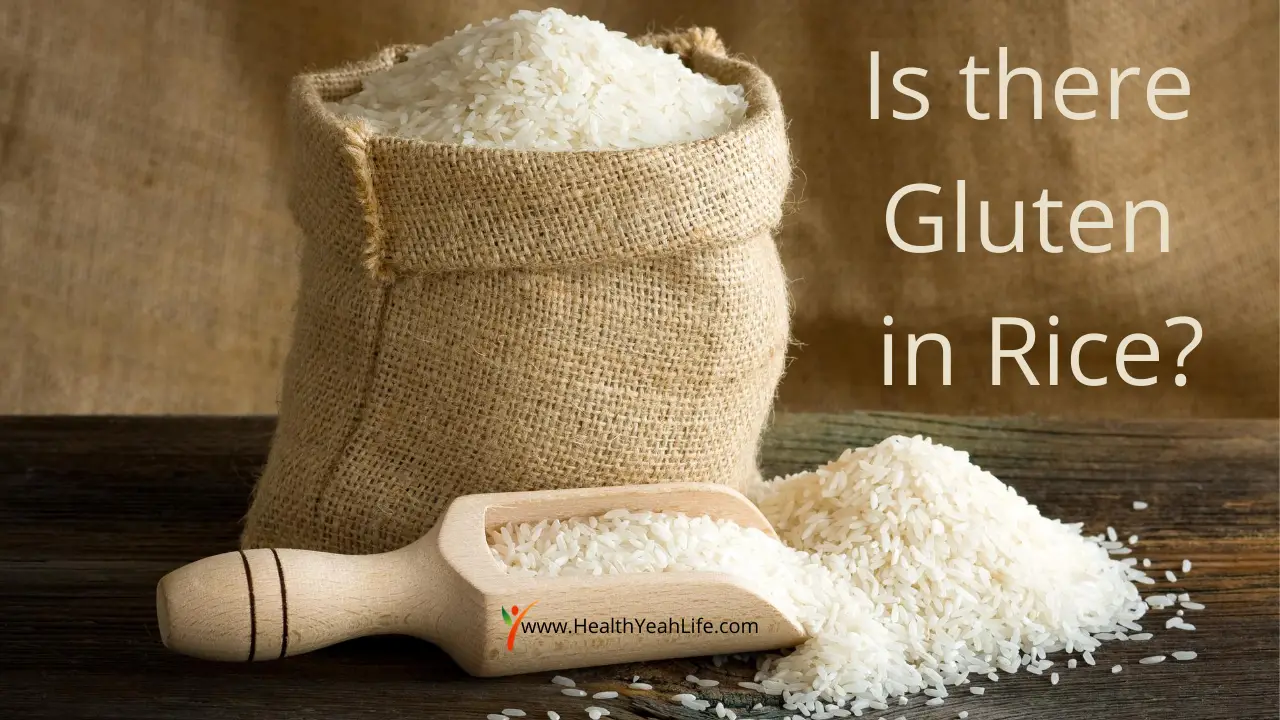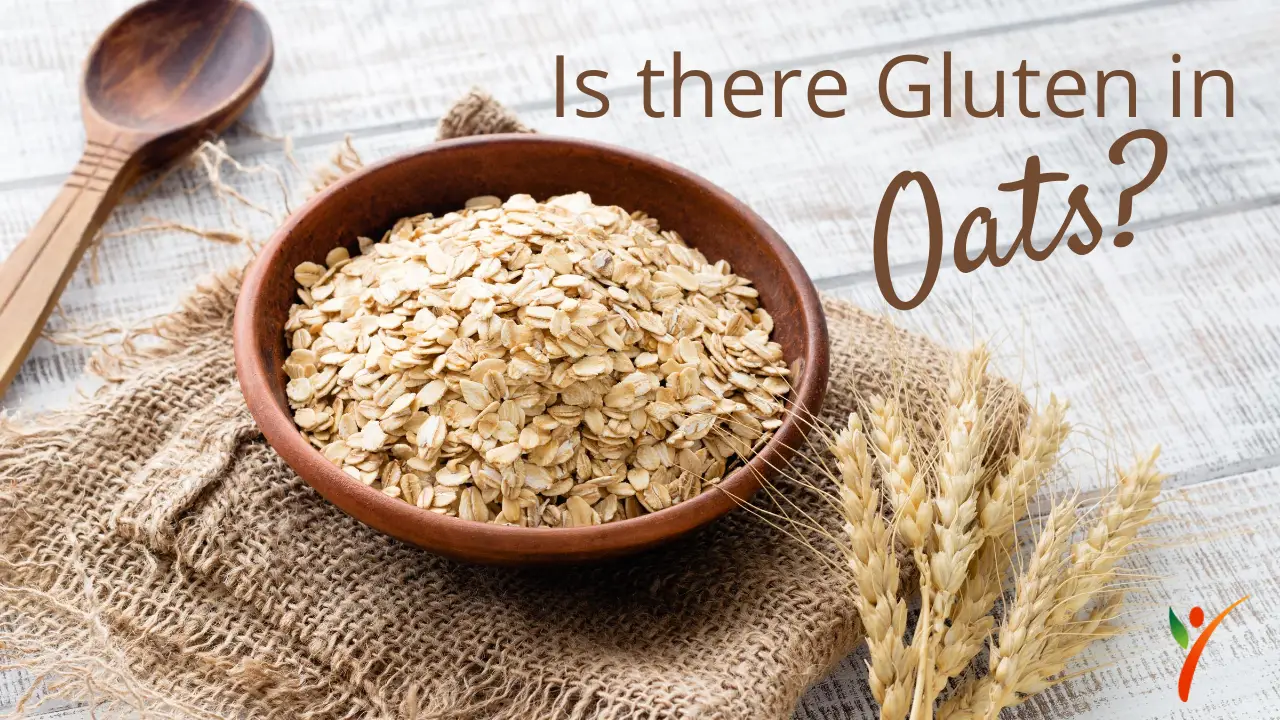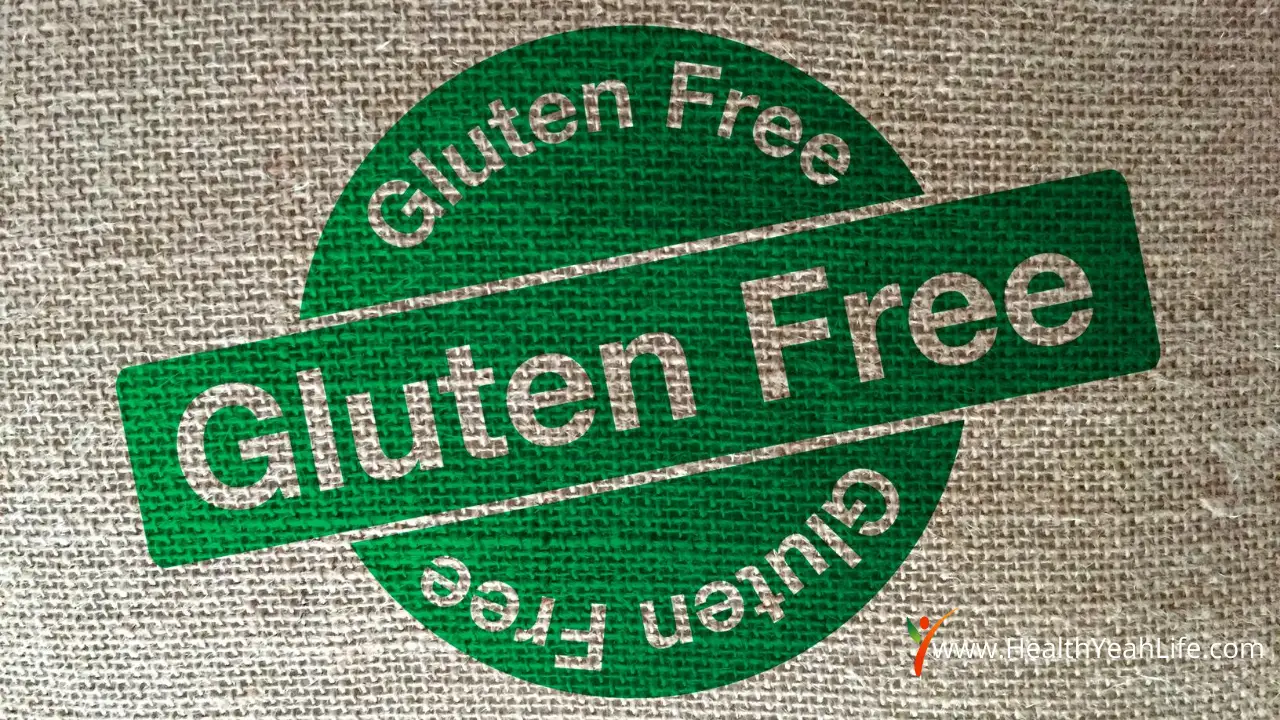Gluten is a type of protein that is present in some, but not all grains. Gluten is included in rye, wheat, and barley, as it helps food maintain its shape. However, not all grains contain gluten, and therefore, people with celiac disease can eat these grains without adverse effects or having reactions. Simultaneously, people following a gluten-free diet would also want to eat grains without gluten in it. The question that is asked is, is rice included in this category?
What is Rice?
Though often listed as grain, rice is a cereal grain, which means that it is the seed of a species of land – more precisely, two species of grass: Asian rice or African rice. Rice is an essential food for most of the world’s population, and there are different varieties you can choose from.
When it comes to the nutritional content of rice, there are some differences between the varieties. However, rice is comprised primarily of carbohydrates with small amounts of protein and very little fat.
Is Gluten in Rice?
Rice is a grain, but it is not just another grain, for people over 3 billion, it is a daily necessity. Unlike many grains, it is gluten-free. Rice usually becomes the food some rely on, but there are times when even plain rice is not gluten-free. For this reason, individuals following a gluten-free lifestyle need to remain cautious. Mainly, cooking techniques and preparations can also shift gluten-free staples into a gluten carrier. All rice (in natural condition) is gluten-free, regardless if it is white, black, brown, or so-called wild rice.
Rice, if mixed or processed with other products that contain gluten or are contaminated by equipment that processes gluten products. If you buy natural rice that is not processed in any way, you should not have to worry about whether it is gluten-free. But you need to be aware of products that may contain additional components that may include gluten in them. Products labeled as precooked may not be gluten-free. If possible, look for rice products marked with a “gluten-free” label. For further details, let us have a look at the types of rice that are not gluten-free.
Sushi Rice
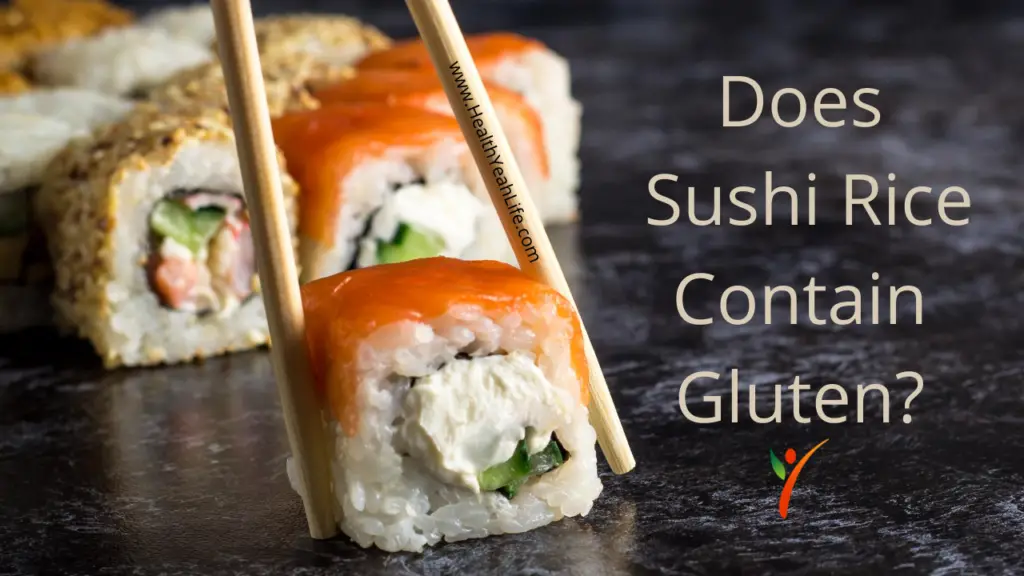
There are several reasons why sushi is NOT gluten-free
- Vinegar seasoned sushi- As you know, gluten is used to maintain the shape of food items. Sushi rice is seasoned with vinegar, and in many cases, this is wheat vinegar. It can cause reactions in people who are sensitive to gluten contaminated products. If you are a celiac patient, you should always ask to see the vinegar bottle they use and make sure that it is free from gluten. Do note that distilled wheat vinegar is gluten-free, non-distilled vinegar whose base material is wheat is not gluten-free. Just to be on the safe side, you should avoid eating sushi rice.
- Soy-sauce seasoned sushi- Many fillings for the sushi rolls, such as salmon or tuna, can be prepared with soy-sauce, marinades, etc. Since soy sauce contains wheat as a thickener, you will have to stay away from this type as well.
- Tempura sushi- Sushi rolls that include tempura-dipped vegetables are made with wheat flour, which is then fried with gluten-contaminated items. Whenever you read the word “crispy” on the menu, simply skip it.
If the kitchen staff cannot answer your questions accurately, avoid that item when visiting restaurants. Simultaneously, you can simply order plain fish and steamed rice with no vinegar, and topped with avocado.
Boiled Rice
Precooked boiled rice is often prepared in the same pot where pasta is cooked, along with some other gluten-containing products. It is suggested that either you boil the rice yourself or double-check if the product was boiled in a separate pot
Instant mixes of rice:
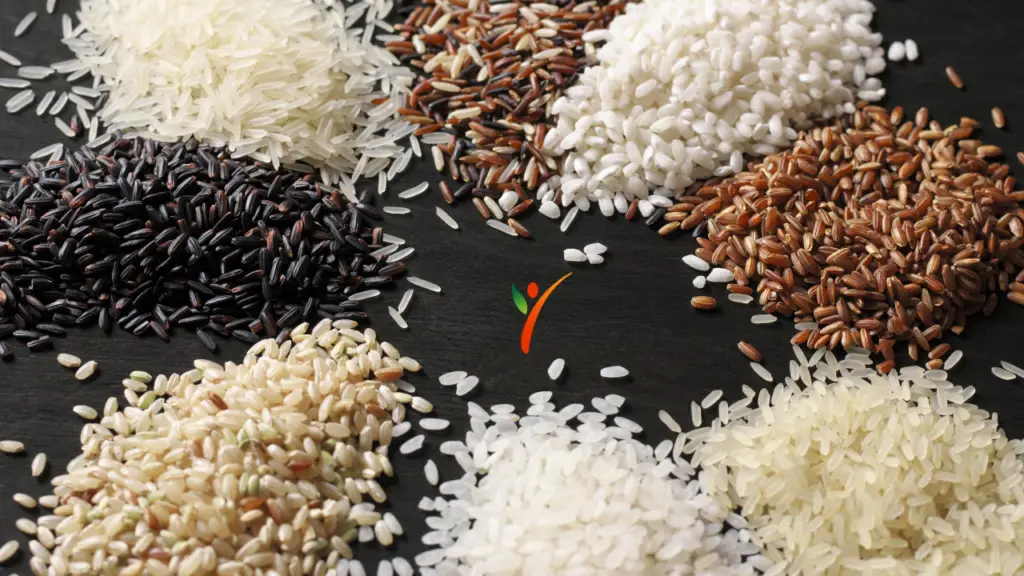
Precooked rice mixes available in supermarkets usually contain gluten-based ingredients, i.e., flavor enhancers like soy-sauce or wheat protein. Sometimes these mixes might contain mixtures of grains like barley mixed with rice. Before buying such products, make sure to look at the ingredients used in the preparation of the product.
These were some of the types of rice that are frequently used around the world. Most of these are readily available in gluten-free form. All the below-mentioned products should be natural and not processed by any means if you’re looking for gluten-free products.
White rice is one of the most popular types of rice. Unfortunately, it has been excessively deprived of much of its nutritional value. Fiber and other vitamins and minerals are removed from white rice to create a smoother texture and longer shelf life. White rice is gluten-free if available in its natural form.
- Brown rice
Whole grain rice, also known as brown rice, is a good source of fiber as it contains many minerals and vitamins in the bran. Additionally, it may also be a good source of some useful acids necessary for the body. Moreover, eating brown rice has a beneficial effect on heart health. People should consider brown rice as a low-glycemic food, and when eaten in restraint, it may help control blood sugar levels in diabetic patients. Brown rice helps regulate bowel function and helps prevent various types of cancer.
Jasmine rice has a floral aroma and cooks into a soft, slightly sticky grain that goes well in curry dishes. Jasmine rice is also gluten-free, but it can be contaminated with gluten if it gets processed in a pot where gluten products are processed. Therefore, do read the labeling and go for natural jasmine rice to make the most of your gluten-free meals.
- Basmati rice
Long-grain rice grown in Pakistan and India, basmati rice is aromatic with a robust seasoning. The secret to this rice is in the aging process, which lasts a year after being harvested.
- Sweet Rice
Surprisingly, the sweet rice also is known as glutinous rice, is also gluten-free. Despite its name, the sweet rice does not contain any form of gluten in it. You must be wondering if it doesn’t contain gluten, then why is it called glutinous rice? The term simply refers to the fact that this rice gets sticky when cooked. However, do avoid flavored rice mixed since they contain gluten components that you’re trying to avoid.
Gluten-Free Cooking Tips for Rice
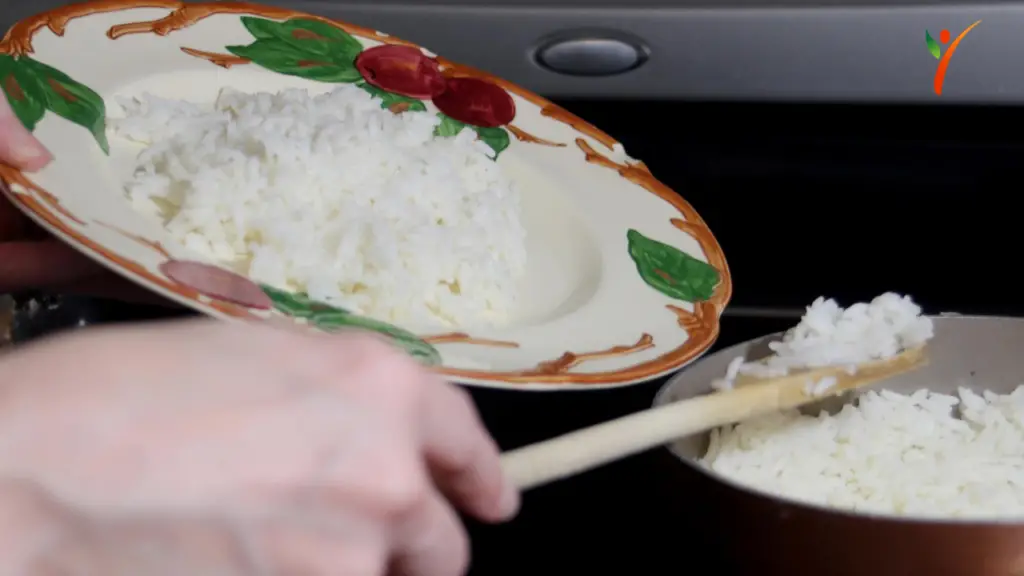
It is easy to cook rice, though some of the varieties take much longer to cook than others. You must choose whether you want to rinse rice before cooking or not because, for some types, cleaning the rice removes some of the outer starch layers, which makes the grains stick together. Therefore, the best cooking tip is that if you want sticky rice, don’t rinse it. Meanwhile, if you prefer grains that maintain separation, you should rinse medium and long-grain varieties before cooking.
There are endless ways to include rice in your favorite gluten-free recipes. If you’re looking for one, here’s is a fiber-filled recipe—a flavorful combination of simple herbed brown rice that pairs well with your favorite roasted meat.
Ingredients:
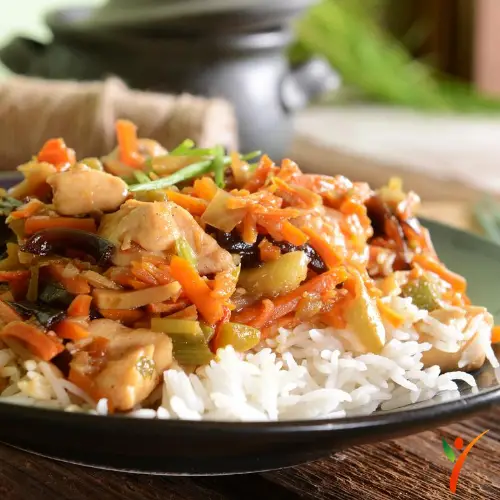
- 2 tablespoons unsalted butter
- 2 cups uncooked white rice
- 2 (15-ounce) cans chicken broth
- ½ cup of water
- 2 tablespoons fresh chopped parsley
- 1 tablespoon fresh chopped basil
- ½ teaspoon fresh chopped oregano
- Salt and pepper
Instructions:
- Melt the butter in a large saucepan over medium heat.
- Stir in the rice and cook for 3 minutes until it is lightly toasted.
- Add the chicken broth, water, herbs, salt, and pepper.
- Bring the mixture to a boil, reduce heat and simmer, cover 45 minutes until the rice is tender, and absorb the liquid.
- Let stand, covered, for 5 minutes, then fluff to serve.
Whichever variety you choose, rice is a delicious and nutritious gluten-free grain that can be used for lots of dishes. Enjoy it as a tasty but simple side dish or cook it up into your favorite soup, stew, or casserole. The options are endless!
Final Words
All forms of natural rice are gluten-free, and some rice-based products are also gluten-free. The nutritional value of all types of rice will depend to some extent on the processing. Therefore, you should check the label to find out what nutrients their rice contains. Furthermore, choose a suitable option that provides a range of vitamins and minerals and carbohydrates. Additionally, check the labeling to ensure the food is gluten-free and has not come in contact with foods that contain gluten. Rice can be a nutritional option that provides all the goodness you need to keep a balanced diet. Hence, rather than restricting yourself, you can find options that’ll work for you!

